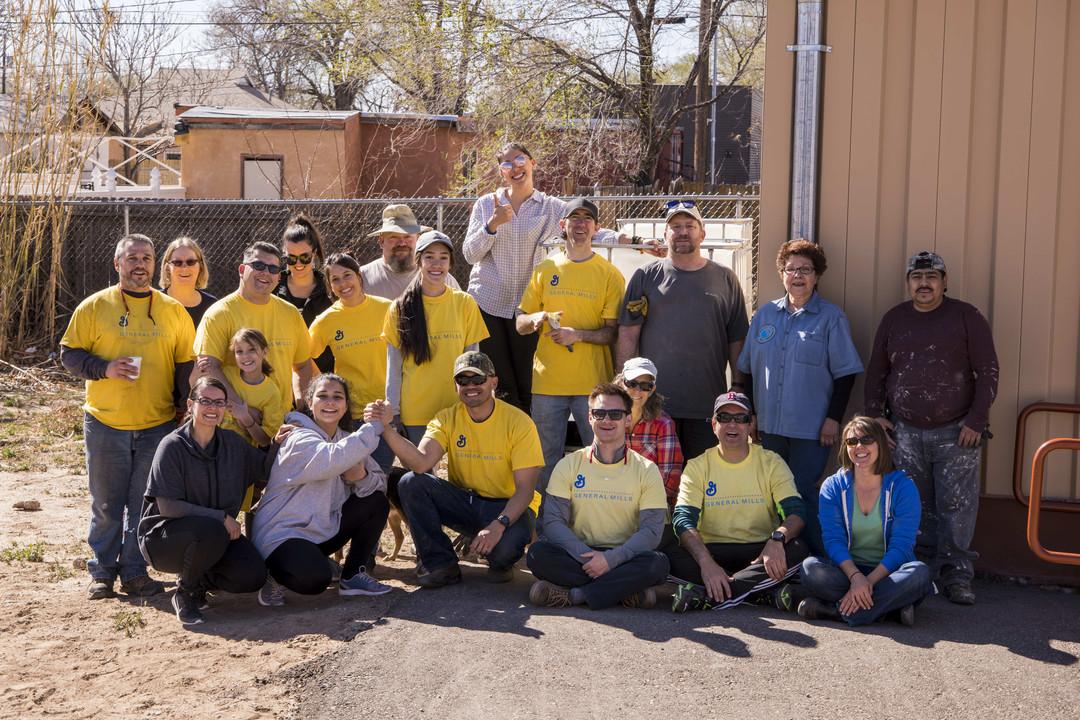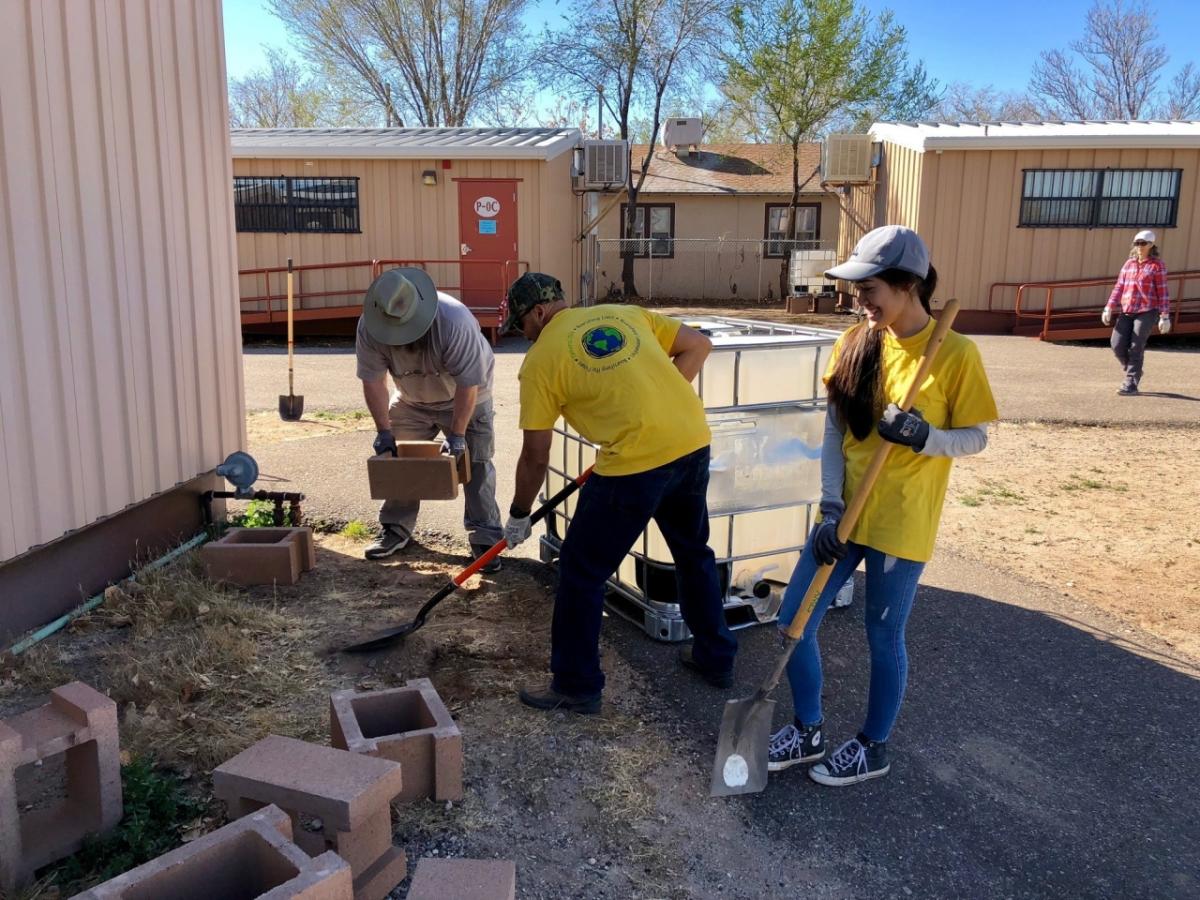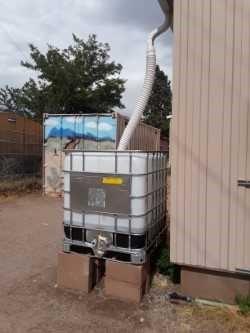Saving Every Drop
Capturing rain water for irrigation is not a new idea. In fact, the Romans perfected the technique and were the innovators of their time, harvesting rain water for irrigation and other uses with simple to advanced concepts.
Most of these models have not changed much over the centuries, and continue to be used today around the globe, ranging from multi-thousand-gallon cisterns to 55-gallon drum rain barrels.
The idea of collecting rain water surfaced while our team at General Mills brainstormed ways to manage storm water runoff using simple storm water retention and pollution prevention techniques to protect endangered wetlands. The plan was to use 250-gallon intermediate bulk containers (IBCs) and fill them with layers of rocks, gravel, sand and mulch to create an equivalent of a natural bio-retention filter for the roof downspouts at one of our Massachusetts facilities. We never had a chance to try this idea because we ultimately expanded the building and had to build a retention area to create additional flood storage capacity on-site to compensate for the surface that was displaced.
A few years later, while planning a General Mills volunteer week event, the opportunity to experiment installing a rain water collection system materialized. The General Mills team wanted to build a fenced area with garden beds to help a non-profit youth center in Albuquerque grow fruits and vegetables. This building was a perfect candidate for the trial. We decided to design the system using the 250-gallon IBCs because it would be more efficient, use less space and be more cost effective.
Our little contribution went well beyond the environmental agenda. It is a small component of the Youth Center’s stable and structured atmosphere to provide rehabilitation programs and develop life skills to change the trajectory of the lives of at-risk youth.
Sometime after that, during a meeting with our local water stakeholders, the Albuquerque Water Utility Authority and The Nature Conservancy, I mentioned the bio-retention filters and rain water collection systems as a tool to slow down storm water runoff and decrease the amount of pollution flowing towards the river. I also mentioned the project that was just completed at the youth center for the garden, and that sparked a lot of ideas. A great partnership was forming.
The Nature Conservancy was a formidable partner. They have the resources and connections to bring together many supporters, including the Albuquerque Public Schools and the Center for Social and Sustainable Systems, to name a few.
The Nature Conservancy’s Urban Conservation Program director found an elementary school that was a perfect candidate. The school playground is mostly made of concrete with no green areas or natural places for kids to connect and play.
To alleviate this problem, the school wanted to build a garden to grow fruits and vegetables with the goal to not only provide nutrition for the kids but also allow them to take home produce for their families.
We decided to act and make it happen. Our contribution was to repurpose, retrofit and install the IBCs to provide 2,500 gallons of rain water storage for irrigation of the garden. This project was an example of collaboration between various partners, well planned and organized.
The program fits well with our values of treating the world with care, building strong, resilient and sustainable communities. It was just a small drop in the bucket, but a step in the right direction.
Every single drop counts!





